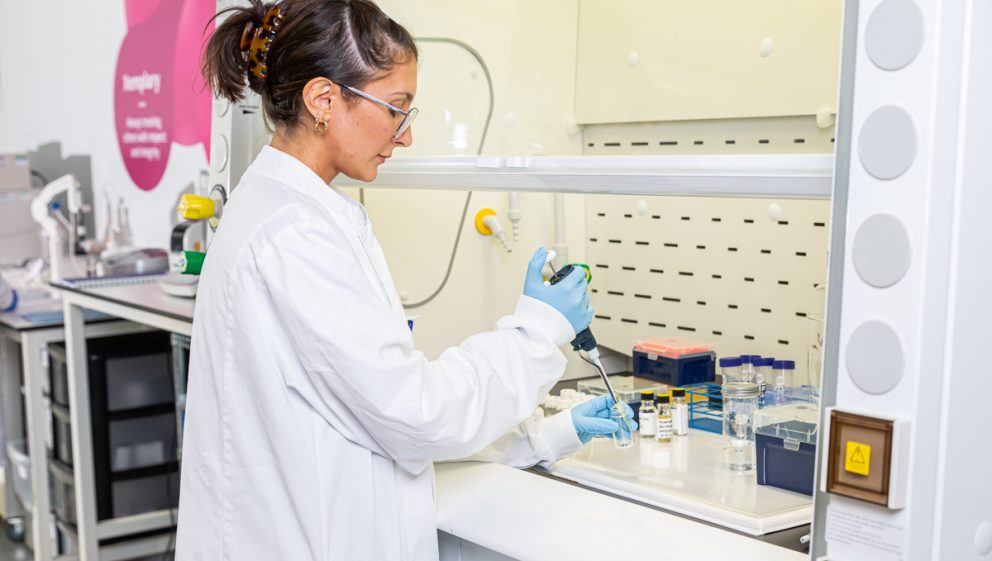XCellR8
Animal Aid delighted to announce funding of cutting edge science!
In 2022, we were delighted to announce that we made a grant to XCellR8 for the development of their acute toxicity test. This test was developed to replace the archaic, and incredibly cruel, LD50 test.

The LD50 test, originally designed in 1927, stands for lethal dose 50%. It involves giving animals increasing doses of a substance to see how much of that substance will kill half of the animals. Animal Aid was founded in 1977, to campaign for a ban on all animal experiments, specifically concentrating on the LD50, back in 1979.
Despite major scientific advances in animal-free toxicology in recent years, the LD50 and similar tests, currently use around 80,000 animals a year in the EU alone. More than four decades ago, in 1979, Animal Aid were reporting on the terrible suffering which animals were subjected to, during the LD50. Symptoms included ‘tremors, convulsions, swellings, bleeding from the mouth and nose, bulging eyeballs and difficulty with breathing’.
XCellR8 are a completely animal-free laboratory, based in Cheshire. Not only do they not use any live animals or animal tissues, they have chosen to take the ethical, and scientific decision, not to use any animal-derived products in any of their tests. XCellR8 were founded in 2008, and in 14 years have made huge progress and scientific leaps – they were awarded the Lush Training Prize in 2013, in recognition of their work training the scientists of the future in non-animal methods.
Why is the XCellR8 Acute Toxicity Project important?
For chemical ingredients and finished products, such as household products, it is a legal requirement that they are evaluated to predict how harmful they are to humans. Unfortunately, this can involve the use of animals.
These types of animal ‘models’ have been widely discredited due significant ethical concerns and a lack of scientific relevance to human responses.
What does the XCellR8 Acute Toxicity Project involve?
- The scientists at XCellR8 will add a known number of human cells into a small dip, or well, on the surface of a special tile. The tile contains many ‘wells’ and is like having lots of test tubes on a plate!
- Each well will act as one group of cells within the test.
- The cells are incubated at 37°C in 5% CO2, which mimics some of the conditions in the human body.
- Once the cells are ready for the test, each group of cells is treated with either a chemical that has no impact on cell health (called a negative control chemical), a chemical that has a known impact on cell health (a positive control chemical) or the test chemical (potentially of unknown impact on cell health).
- Cells are treated with the chemical for 24 hours, with the presence of metabolism.
- After 24 hours, the chemicals are washed from the cells and the cells are observed and their health recorded. Health is assessed by the visual appearance of the cells. The cells viability is determined using certain substances that can detect whether a cell is functioning normally.
- The assessments of the cells health and viability are based on the comparison between cells treated with the test chemical and cells treated with a chemical that is not considered harmful (negative control).
- The measurements tell us the health of the cells as percentage viability. Low percentage viability means that the chemical causes toxicity. High percentage viability means that the chemical causes low or no toxicity.
- It is then possible to determine the concentration of the chemical that caused a 50% death in the cell population, what we call ‘IC50’. This IC50 value can then be compared to the LD50 data from human and animal models. This will help to predict the grade of toxicity within XCellR8’s test!
- The comparison of the data allows XCellR8 to build a reference database of chemicals and subsequently a prediction model for their test that will accurately allow them to predict the toxicity of chemicals.